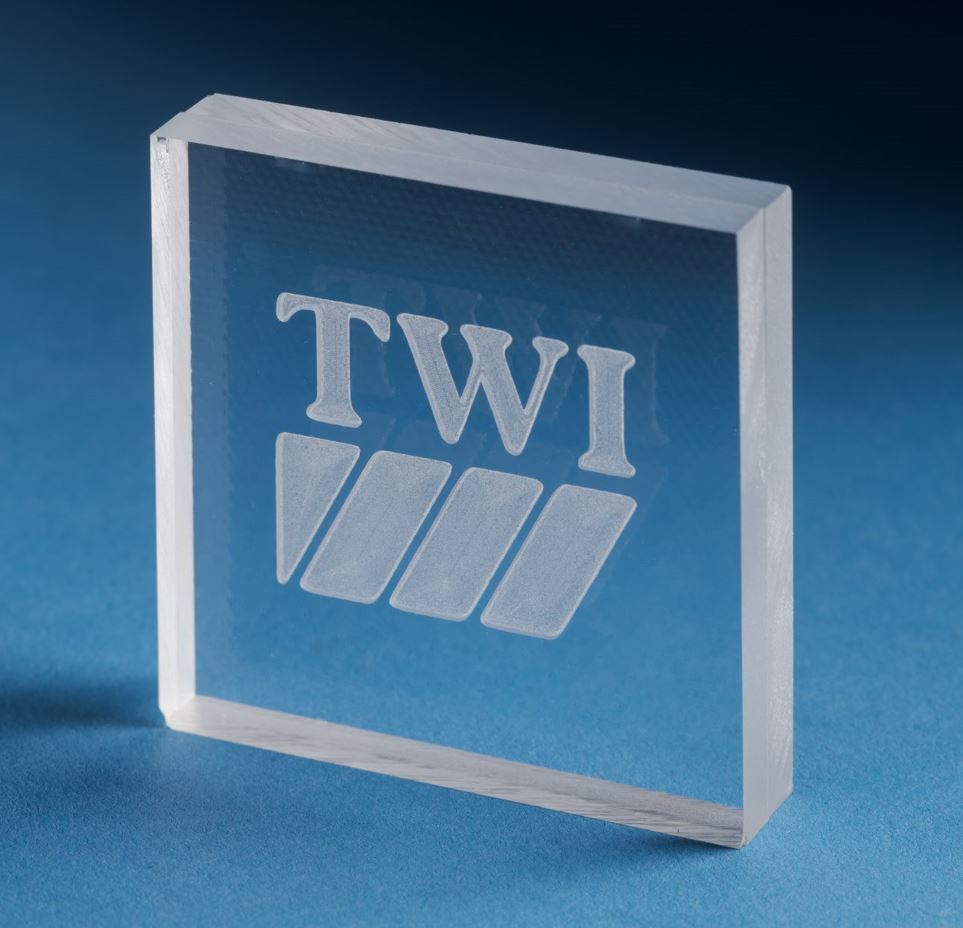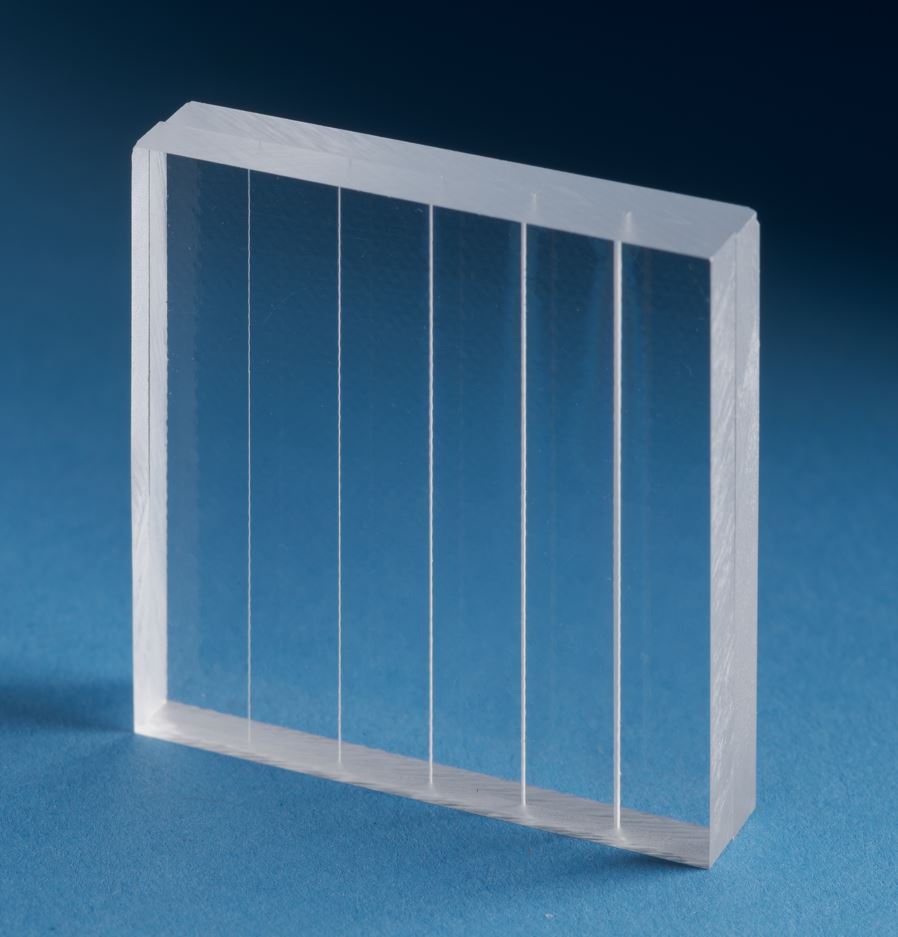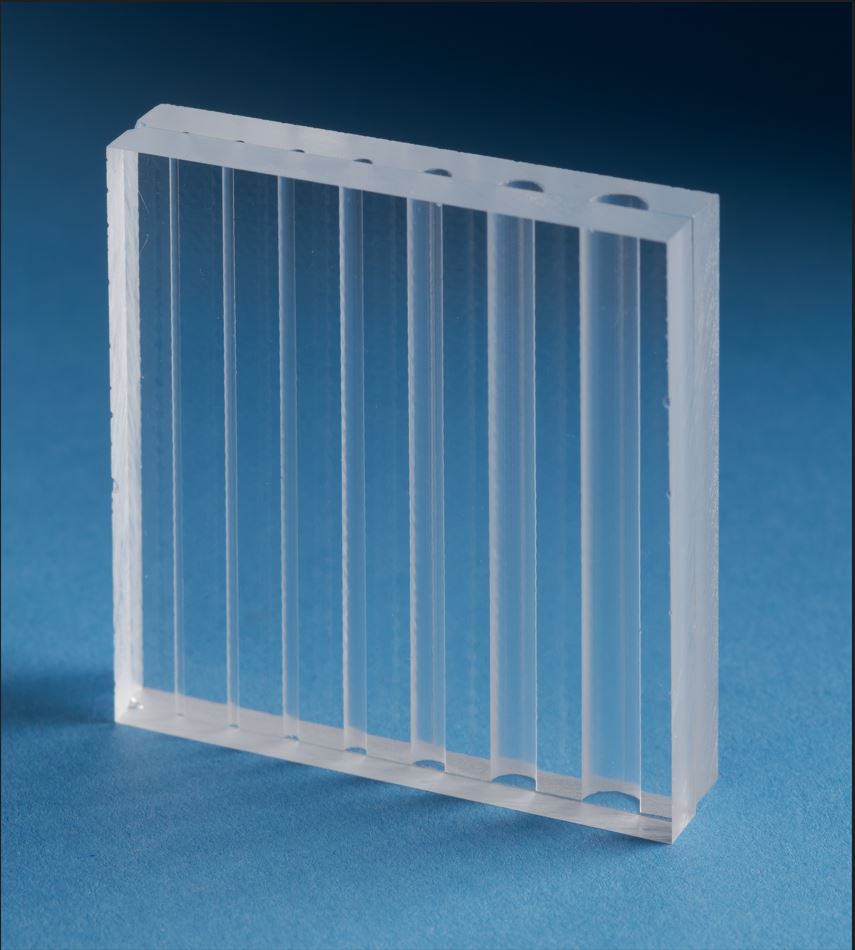Diffusion Bonding of Polymer Based Micro- and Nano-Fluidic Devices
TWI Industrial Member Report 1187-2024 [pdf / 223KB]
Alert: Export Control Check Required
Thank you for requesting a TWI Industrial Members Report.
To meet UK government requirements, your request will undergo an Export Control Check. This process reviews the technical content of the report, identifies the end user, and addresses any concerns.
Please submit your request to CRP@twi.co.uk including your name, member company that you work for and your location. We will contact you regarding the request within 2 working days and any additional information required to complete the necessary checks.
We look forward to receiving your request and processing it through our export control procedure.
Thank you,
TWI CRP Operations Team
Industrial Need
Microfluidic devices comprise of a series of micro-scale channels, often in a manifold arrangement, to move and deliver small volumes of fluid. They are used in clinical chemistry, medical, life sciences, biotech, point of care devices, and in-vitro diagnostics systems. Such devices have other names such as plastic manifolds, bonded plastic manifolds, plastic pneumatic manifolds, plastic air boards, plastic valve manifolds, plastic medical manifolds and plastic flowcells. Global microfluidics market was ~$19B in 2021 and expected to reach ~$50B by 2027. Covid-19 boosted the demand for microfluidic devices and the global market is projected to grow at a CAGR of 17.5% in the next three years [1].
The key manufacturing challenge is to produce a micro-channelled fluidic device, which has an effective seal of the cover-to-substrate joint, whilst maintaining the transparency of the material to allow visibility of the fluid during use, and causing little-to-no deformation of the fabricated channels to maintain precise flow control. With the recent advancements in technology and increasing complexity of the fluidic devices, there are limitations with the conventional processes where defects/voids at the joint, or any changes and/or collapse of the micro-scale channels make them less viable. There is also an increase in the frequency of chronic and other diseases that are demanding technological advancements. There is a market pull for advanced joining technologies to overcome the limitations with current approaches for manufacturing microfluidic devices.
[1]- Microfluidics Market - Growth, Trends, COVID-19 Impact, and Forecasts (2022 - 2027) (yahoo.com)
Key Findings
- Developed a technique and process parameters to diffusion bond thermoplastics, such as Polymethyl Methacrylate (PMMA) and Polycarbonate (PC), with precision machined or laser machined channels, whilst retaining the optical transparency of the diffusion bonded part.
- Maintained dimensional stability - no deformation or polymer shrinkage of the channels observed after diffusion bonding.
- Created a completely autogenous joint - No visible bond line observed under optical microscopy indicating leak proof joints, which will avoid any fungal growth in use whilst also maintaining precise flow control as required of microfluidic devices.
- Demonstrated to be scalable and a more sustainable joining process – Successfully bonded micron size and complex designed channels with no contamination and without use of any solvents or adhesives.
Impact
The main objective of this project was to develop process parameters and manufacture a defect-free and transparent diffusion bonded micro-channelled thermoplastic demonstrator.
The results on leak testing and optical microscopy analysis on the bonded demonstrators suggest that the micron/sub-micron scale channels can be produced through laser machining and can be diffusion bonded without any defects or deformation.
With the recent advancement in technology and industries looking for clean and sustainable processes, diffusion bonding with laser channelling can prove to be one of the potential candidates for manufacturing the next generation of microfluidic devices.

Diffusion bonded PC

Diffusion bonded PMMA with laser processed channels

Diffusion bonded PC with precision machined channels